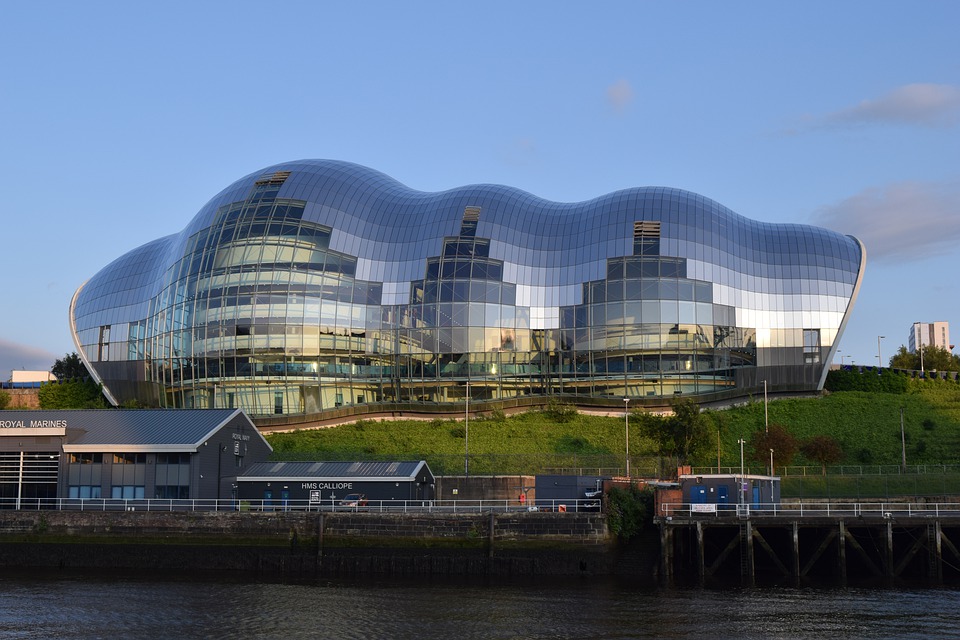What’s in a name? Letters, mostly, and sometimes numbers, like the robots in Star Wars, which, by sheer coincidence, have nothing to do with this article.
The study of place names is called Toponomy, and the University of Nottingham has a handy wotsit thing you can use to look up the root meaning of English place-names. This is a glossary of place-name elements in the Domesday book, grouped by the main cultural groups like the Romans, Saxons, or Vikings.
Gateshead
The first written mention is from 731, where it was referred to as “ad caput caprae”, which means “at the goat’s head” in Latin, and later in 1190 as “Gatesheued”, referring to hills (headlands) with goats. Given that goats would have been everywhere at the time, I wonder how this name was supposed to help people identify this area from the million other hills with goats on them. It’s like the Rocky Mountains in North America: where are all these non-rocky mountains?
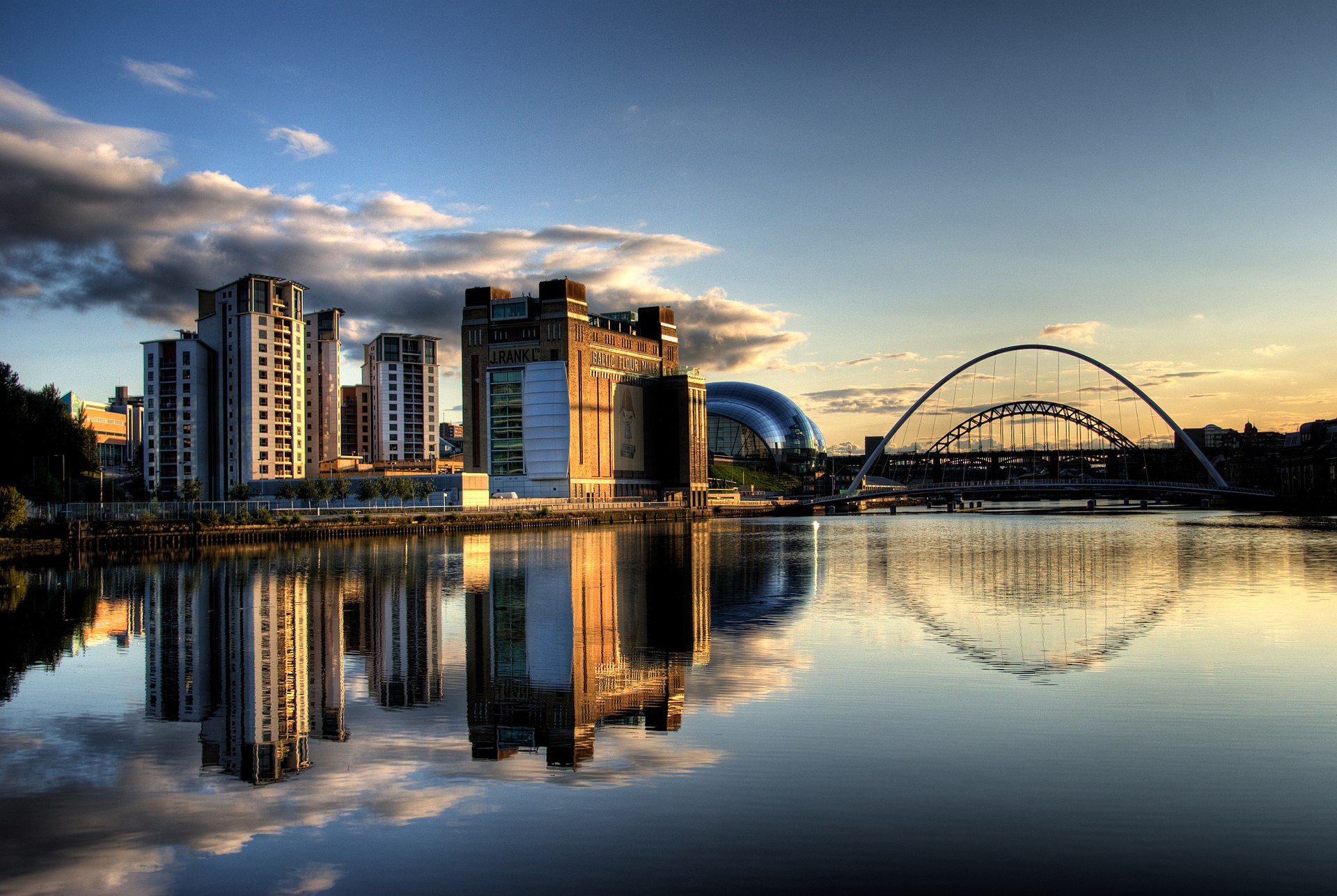
Ponteland
You wouldn’t know it from the look of the place today, but most of this area used to be either swamp or underwater. The name is derived from Pont Island / Island on the River Pont. These days, it’s affectionately known to some as Posheland, featuring some of the region’s most expensive houses.

Killingworth
This name would be something like “Cylla’s enclosure” or “The enclosure of Cylla’s people” in modern English, as in a fenced, hedged or walled-off area. Who were Cylla and his people? I don’t know, but they must have done alright for themselves, because not only is the original Killingworth, UK, still going strong, there are Killingworths in the USA and Australia as well.
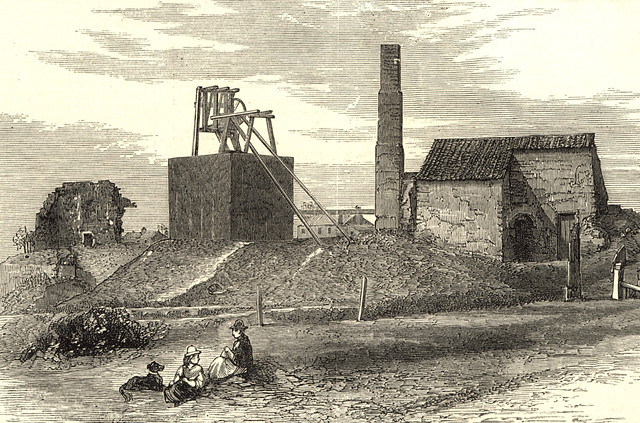
Spital Tongues
You’re likely to get an amused reaction when you tell people you’re from a place called “Spittle Tongues”, but the name turns out to be quite ordinary: Spital is Hospital, and Tongue is a strip of land poking out of the edge of a region. The hospitals in question were built in the 12th Century, mainly for lepers, which were a problem in those days (they’re ‘armless now).
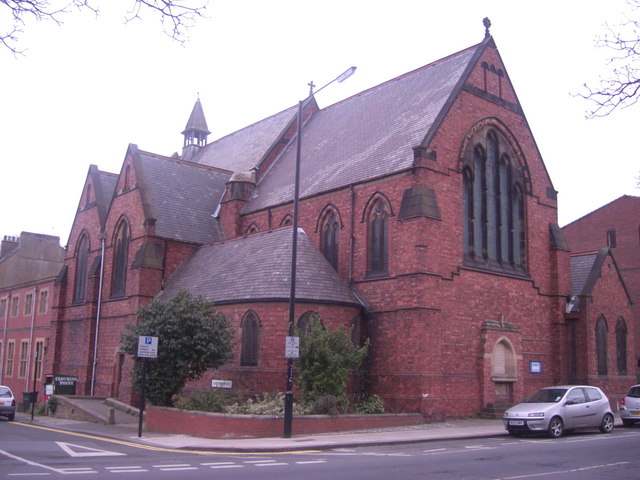
Cleadon
The earliest known name was Cliffadun, which is a hill (dun) with a cliff. How they thought up these names is beyond me. By 1280, it was spelt Clyvedon, then Clevedon, then Cleydon in the 1800’s, and finally Cleadon.
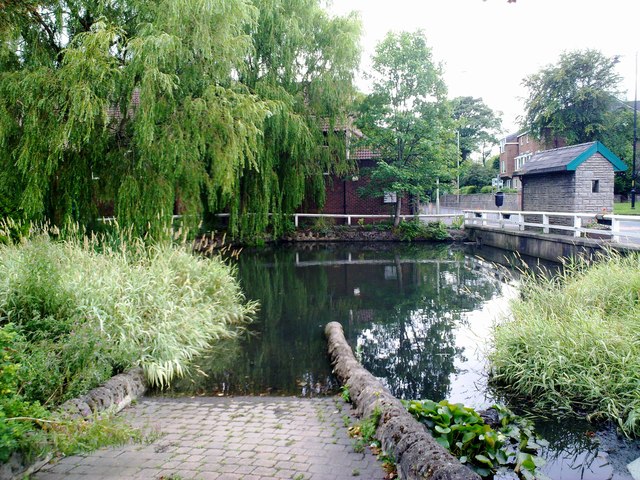
What’s your favourite place name in the UK?


